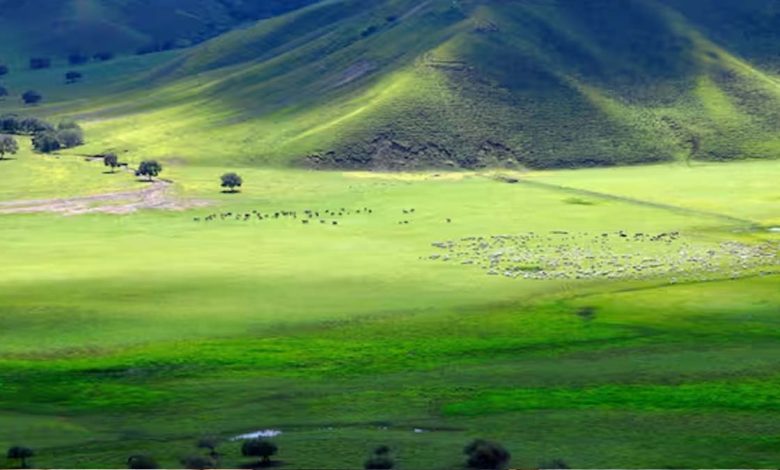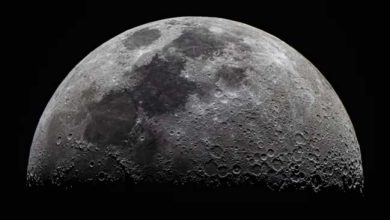What is a rock called “mantle plume”? Know the details

Science: Mongolia remained a landlocked country for 115 million years after the Earth’s mantle burst. Mongolia, a landlocked country located in East Asia, was once an ocean, which was formed 400 million years ago when boiling rocks came up from the Earth’s surface. The ocean survived for 115 million years after being formed by the rupture of the Earth’s crust. The geological history of this ocean will likely help researchers understand Wilson cycles and the process through which supercontinents break up and eventually reunite. Also Read – NASA shares sky observation tips
These are slow and large-scale processes, moving less than an inch each year, said Daniel Pastor-Galan, a geologist at the Madrid-based National Spanish Research Council and author of the study. “This is telling us about processes on Earth that are not easy to understand and not easy to see,” Pastor-Galan told Live Science. So far, the breakup of the last continent, Pangea, has been reconstructed accurately by geologists – which happened 250 million years ago.
Also Read – Science: Which continent has the most animal species?
But before that, it was difficult to accurately model how the mantle and crust interacted.Devonian volcanic rocks found in Mongolia In the new study, researchers were surprised to find volcanic rocks in northwestern Mongolia that date to the Devonian period (419 million to 359 million years ago).The Devonian period refers to the “age of fishes,” when fish dominated the oceans and plants began to spread on land.Two major continents existed during that period – Laurentia and Gondwana – as well as several smaller continents that eventually became Asia.
Also Read – An ancient river on ice sheets
During fieldwork in northwestern Mongolia, researchers discovered the Mongol-Okhotsk Ocean, which opened in the region between about 410 million and 415 million years ago.The chemistry of the volcanic rocks revealed that a mantle plume, a stream of hot and buoyant mantle rocks, was present there. “Mantle plumes are usually involved in the first stage of the Wilson cycle: the breakup of continents and the opening of an ocean, such as the Atlantic Ocean,” Mingshui Zhu, lead author of the study and a professor of geology and geophysics at the Chinese Academy of Sciences, told Live Science. The ocean opened in the same place where Mongolia is, which is a common pattern in the ocean’s life cycle, Pastor-Galan said. “The good thing is that hotspots are relatively stable, so they remain in the same place for many millions of years,” Pastor-Galan said.





